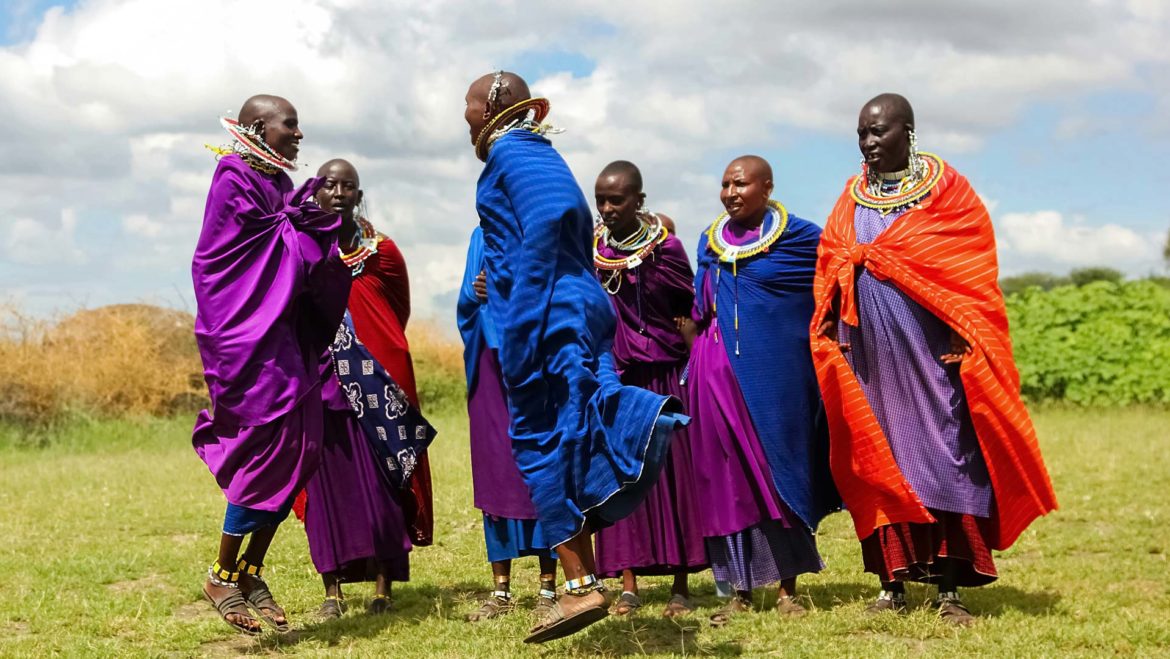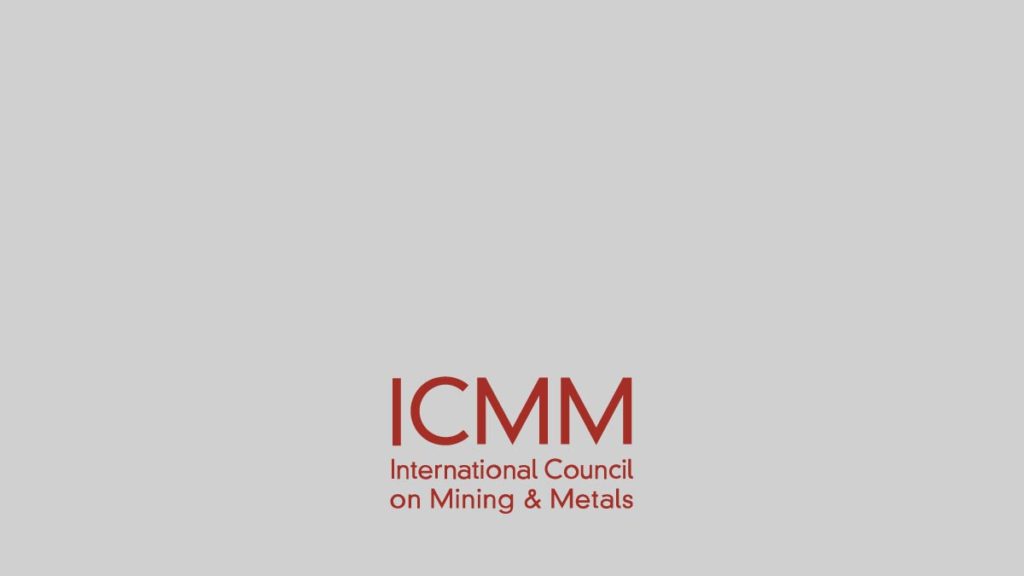
Managing Impacts
This section discusses the practical aspects of managing and mitigating impacts from mining projects on Indigenous Peoples.
For a greater understanding of this section please refer to Indigenous Peoples and Mining (p30)
Impact mitigation and enhancement
Leading companies have internal processes in place to assist a project’s impact on the community, environment and human rights. Key principles include:
- All strategies and actions should be based on knowledge of the communities and groups. Such information can be obtained from conducting baseline studies, creating social maps, cultural heritage surveys, cultural relic registries and impact assessments
- Taking account of Indigenous Peoples’ perspectives on development is essential
- Good planning and design from the start of a project will help avoid later problems
- Action plans detailing what needs to be done, by whom and when are essential
- Continuous monitoring and evaluation will enhance benefits and minimise impacts
Address the likelihood of negative impacts in the design stage
Considering impacts at the start of a project will help mitigate problems. Likely impacts include:
- Environmental
- Socioeconomic
- Cultural
- Human rights
- Political
- Projects should not be established in World Heritage Sites
- Groups who wish to live in isolation
Box 2 (p33) explains potential negative impacts with resettlement of Indigenous Peoples
Managing work force and contractor behaviour
A key risk for a mining company is that its employees or contactors may behave inappropriately towards the indigenous community eg racist behaviour or language, lack of respect for customs, damage to cultural heritage sites. Actions to ensure appropriate behaviour include:
- Cross-cultural training programs
- Clearly explaining what is expected from employees and contractors
- Taking firm disciplinary actions when there are significant breaches of conduct including dismissal and termination of contracts
- Ensure contracts contain appropriate provisions to govern behaviour
Cross-cultural training
It is common for companies to mandate some form of cross-cultural training for company and contractor personnel. The more innovative programs:
- Provide historical understanding and practical advice such as understanding body language, starting and ending conversations and culturally disrespectful actions
- Involve local indigenous men and women in the delivery and teaching of the program
- Differentiate to the target audience
- Differentiate between cultural awareness and cultural competence – employees working their awareness into work practices
- Implement refresher sessions
- Where Indigenous Peoples use a different language, develop project supervisors to communicate in that language
Cultural preservation
It is becoming more common for companies to prepare cultural heritage management plans at the outset of projects, or when expansions are being planned. Although these are mainly done to meet legislative requirement, companies are increasingly doing these voluntarily. The plans look at management and protection and also, enhancing the tangible and intangible aspects of cultural heritage.
Environmental protection, rehabilitation and monitoring
When projects adversely impact the environment they may also be impacting Indigenous Peoples’ rights and interests. By partnering with Indigenous Peoples, companies can proactively deal with issues by identifying, planning, mitigating and monitoring environmental impacts. Tool 6 looks at this in greater detail.
Preparing for mine closure
It is good practice for closure planning to commence at the design stage. Indigenous perspective should be incorporated wherever possible. To increase the chances of sustainable and diverse local economic development, companies should:
- Ensure people know from the start about the eventuality of the mine closing and the impacts this can have on the community
- Engage actively with community groups on how impacts should be addressed
- Work with organisations to develop benefit streams that will continue beyond mining eg creating “future generation” trusts etc
- If wanted, help to develop alternative forms of economic activity which are not dependent on mining eg tourism or livestock raising
- Design low-technology physical infrastructure eg water supply systems which can be maintained by the local community
- Equip employees with skills and qualifications that are potentially transferable to other industries in the region, and help local employees in finding future work
- Help build community governance capacity
Community, Economics, Environment, Ethical Business, Management, Rehabilitation
Martu Ranger Program in Western Australia
Agreement focusing on indigenous employability, real jobs, training and enterprise development
Community, Economics, Environment, Ethical Business, Management, Rehabilitation
Respecting the Cultural Heritage of Indigenous Peoples
Developing a Cultural Heritage Management Plan to preserve cultural heritage materials.
Community, Economics, Environment, Ethical Business, Management, Rehabilitation
Preparing for Mine Closure in Indonesia
Protecting the rights of indigenous groups after mine closure
Further Reading:

